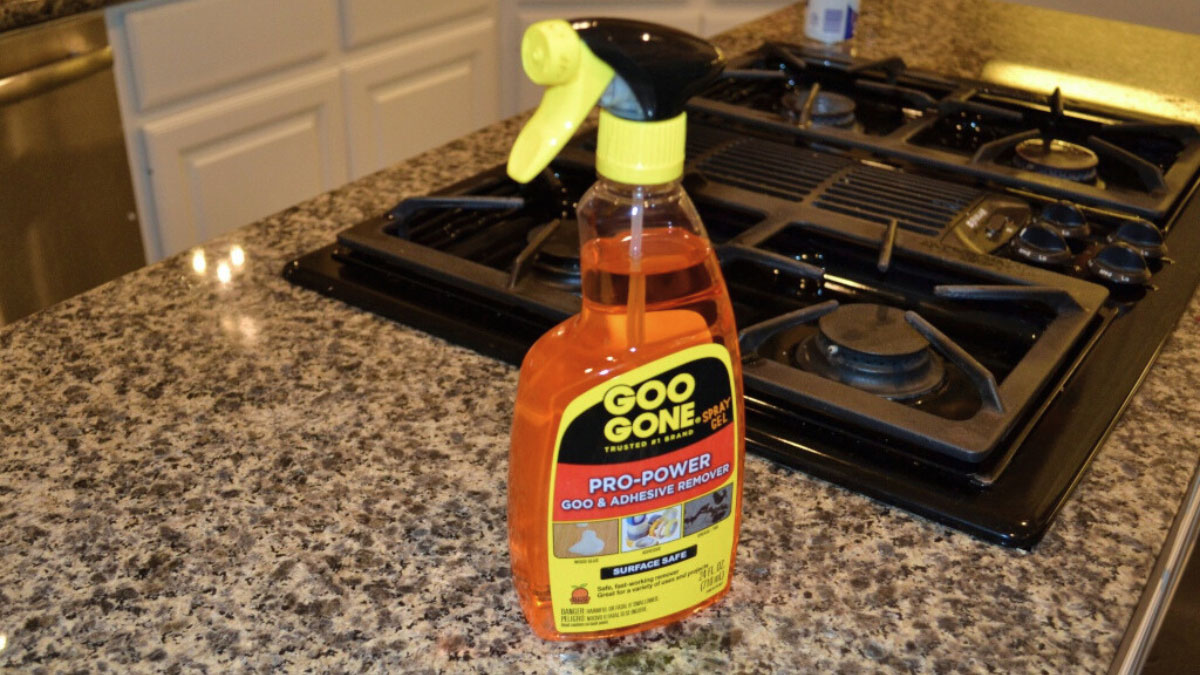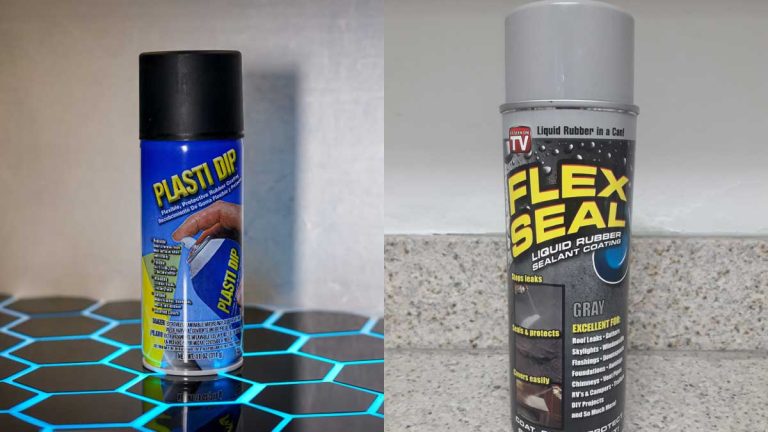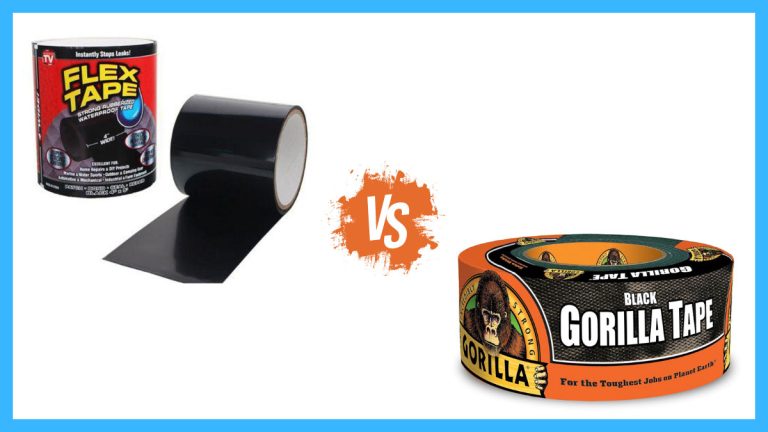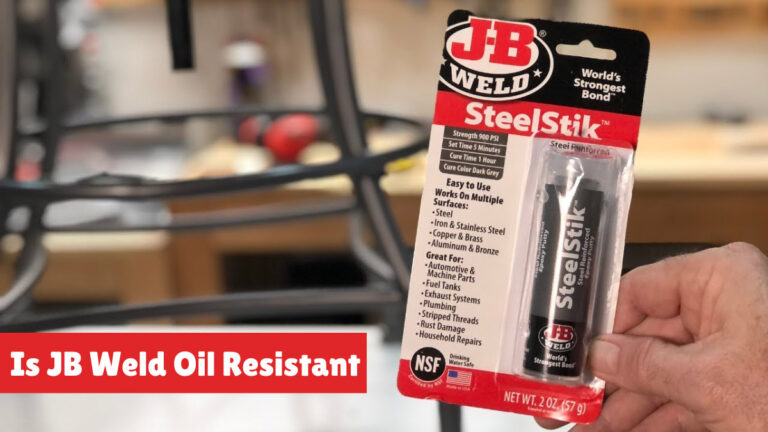Is Goo Gone Toxic: Safety Tips and Environmental Impact
Ever found yourself battling stubborn stickers, grease, or adhesive residue and turned to Goo Gone for help? This popular cleaning product promises to make those tough messes disappear like magic. But as you reach for that bottle, a question might pop into your mind: Is Goo Gone toxic?
Understanding the safety of the products you use in your home is crucial. In this text, we’ll jump into the ingredients, potential health risks, and best practices for using Goo Gone safely. Whether you’re a DIY enthusiast or just someone dealing with sticky situations, knowing the facts will help you make informed decisions.
Key Takeaways
- Understanding Goo Gone’s Ingredients: Goo Gone contains petroleum distillates and other chemicals that efficiently break down adhesives but can be harmful if handled improperly.
- Health Risks: Risks include respiratory irritation from inhaling fumes, skin irritation from direct contact, and potentially fatal effects if ingested.
- Safety Measures: Ensure proper ventilation, wear protective gear like gloves and goggles, and store the product securely away from children and pets.
- Environmental Impact: Goo Gone releases volatile organic compounds (VOCs) that contribute to air pollution and can contaminate water sources, while its packaging adds to plastic waste.
- Safe Alternatives: Non-toxic alternatives such as vinegar, baking soda, coconut oil, and rubbing alcohol can effectively remove adhesive residue without posing health or environmental risks.
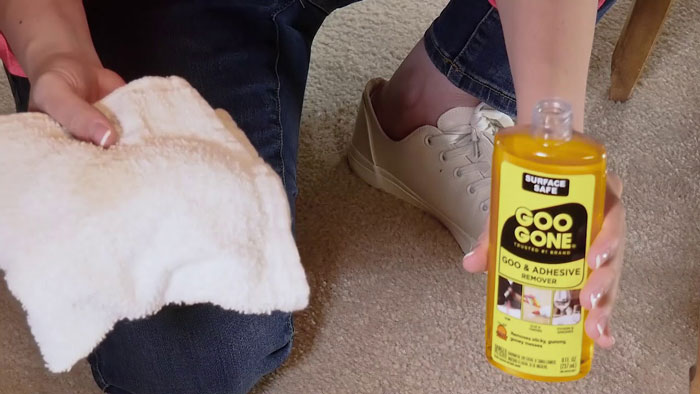
Ingredient Analysis
Goo Gone, a widely-used adhesive remover, contains several key ingredients that contribute to its effectiveness. Understanding these ingredients helps in assessing potential health risks associated with its use.
Petroleum Distillates
Petroleum distillates are the primary active ingredients in Goo Gone. These compounds break down adhesives and residues but can be hazardous if mishandled.
- Potential Hazards: Harmful if inhaled, ingested, or in contact with skin and eyes.
- Usage: Effective in dissolving sticky residues and stains.
Other Ingredients
Goo Gone includes other components depending on the formulation. Here’s a closer look:
- PPG-3 Methyl Ether: Enhances solubility of the product.
- Kerosene (Petroleum), Hydrotreated: Boosts adhesive removal properties.
- Citrus Species Leaf Extract and Citrus Aurantium Dulcis (Orange) Fruit Water: Provides a pleasant citrus scent and assists in cleaning.
Health Concerns
When using Goo Gone, it’s crucial to be aware of potential health risks:
- Ingestion: Swallowing Goo Gone can be fatal due to its petroleum distillates. Symptoms may include stomach distress and chemical pneumonia.
- Inhalation: Breathing in vapors can lead to respiratory irritation or central nervous system effects.
- Skin Contact: Direct contact may cause skin irritation or dermatitis. For sensitive skin, prolonged exposure is particularly risky.
- Eye Contact: Can cause significant irritation and damage.
Safety Measures
Using Goo Gone safely involves several best practices:
- Ventilation: Ensure proper airflow when using the product to reduce inhalation risks.
- Protective Gear: Wear gloves and safety goggles to minimize skin and eye contact.
- Storage: Keep the product away from children and pets, and store it in a cool, dry place.
Ingredient Scores
Understanding the safety and environmental impact of each ingredient is essential. Here’s a table summarizing the key ingredients and their safety scores based on available data:
| Ingredient | Safety Score (1-10) | Note |
|---|---|---|
| Petroleum Distillates | 7 | Hazardous if misused |
| PPG-3 Methyl Ether | 5 | Moderate concern for skin irritation |
| Kerosene (Petroleum), Hydrotreated | 6 | Potential respiratory irritant |
| Citrus Species Leaf Extract | 3 | Low toxicity, commonly used in cosmetics |
| Citrus Aurantium Dulcis (Orange) Fruit Water | 2 | Generally considered safe, natural |
When using Goo Gone, understanding these ingredients and their related health concerns aids in minimizing risks. Proper adherence to safety guidelines ensures effective and safe use.
Safety Guidelines
When using Goo Gone, it’s essential to follow safety guidelines to avoid health risks. Below, you’ll find directions and warnings to help you use the product safely.
Directions from Packaging
General Precautions:
- Ventilation: Ensure the area is well-ventilated.
- Application: Apply Goo Gone directly to the affected area.
- Wiping Off: Use a clean cloth to wipe away the residue.
Detailed Steps:
- Preparation: Shake the bottle well before use.
- Application: Apply a small amount of Goo Gone to the surface.
- Wait Time: Allow it to sit for 5-10 minutes.
- Removal: Wipe off with a clean cloth.
- Rinsing: Rinse the cleaned area with water to remove any residue.
Warnings
Hazardous Components:
- Petroleum Distillates: Can cause skin irritation, allergic reactions, and respiratory issues.
- Aspiration Risk: Can be fatal if swallowed and enters airways.
- Prolonged Exposure: May lead to skin dryness or cracking and eye irritation.
Safety Measures:
- Protective Gear: Wear gloves and eye protection.
- Avoid Inhalation: Do not breathe in fumes or mist.
- Ignition Sources: Keep away from heat, sparks, and open flames.
Emergency Procedures:
- Ingestion: Do not induce vomiting; seek immediate medical help.
- Eye Contact: Rinse the eyes with water for at least 15 minutes and seek medical attention if irritation persists.
- Skin Contact: Wash affected skin with soap and water.
| ** Hazard** | Description |
|---|---|
| Goo Gone Component | Contains petroleum distillates and other chemicals |
| Inhalation | Can cause respiratory issues when fumes are inhaled |
| Skin Contact | May lead to irritation or dryness |
| Ingestion | Can be fatal if swallowed and enters respiratory tract |
| Eye Contact | May cause irritation |
| Prolonged Exposure | Can lead to skin dryness or eye problems |
| Heat and Ignition Source | Keep away from flame or sparks |
| Post-Use Container Disposal | Do not pierce or burn the container |
| Preventive Measures | Use gloves and eye protection; ensure good ventilation |
By following these guidelines, you can handle Goo Gone safely and minimize potential health risks.
Environmental Impact
When considering a product’s overall toxicity, you should also examine its effects on the environment. Goo Gone, due to its chemical composition, can raise environmental concerns.
Green Cleaning Considerations
Biodegradability:
Goo Gone contains petroleum distillates and other synthetic chemicals, which might not break down easily in nature. Continuous use and improper disposal can lead to long-term environmental effects.
Volatile Organic Compounds (VOCs):
The petroleum-based solvents in Goo Gone can release VOCs into the atmosphere. VOCs contribute to air pollution and can form ground-level ozone, negatively impacting air quality.
Water Contamination:
If disposed of improperly, Goo Gone can contaminate water sources. Petroleum distillates and solvents can harm aquatic life, leading to disruptions in ecosystems.
Packaging Waste:
Goo Gone is typically sold in plastic containers, which contribute to plastic pollution if not recycled properly. The aerosol form, labeled as extremely flammable, contains a pressurized gas under pressure, which further complicates disposal.
Comparison with Eco-Friendly Alternatives:
Eco-friendly cleaners like vinegar, baking soda, and essential oils provide biodegradable, non-toxic options. These products can be just as effective for many cleaning tasks without posing significant environmental risks.
Steps to Mitigate Environmental Impact:
- Purchase responsibly: Opt for the smallest necessary quantity.
- Dispose properly: Follow local regulations for hazardous waste disposal.
- Recycle containers: Ensure cans and bottles are recycled.
- Use sparingly: Reduce the amount used to lessen environmental harm.
Summary Action Point:
To minimize environmental impact, consider eco-friendly alternatives and follow safe disposal methods for Goo Gone. Prioritize green cleaning products wherever possible to contribute to a healthier environment.
| Factor | Impact |
|---|---|
| Biodegradability | Low, due to synthetic chemicals and petroleum |
| VOC Emissions | High, contributing to air pollution |
| Water Contamination Risk | High, due to harmful chemicals |
| Packaging Waste | High, with plastic and pressurized aerosol cans |
| Eco-Friendly Alternative Usage | Recommended for reduced environmental footprint |
These considerations highlight the importance of evaluating both effectiveness and environmental impact before choosing cleaning products.
Safe Alternatives to Goo Gone
Introduction
Finding non-toxic alternatives to Goo Gone can protect your health and the environment. Here are safe and effective options for removing adhesive residue and other stubborn substances.
Vinegar
Vinegar
- Description: Vinegar, particularly white distilled vinegar, is a versatile household cleaner.
- Usage:
- Apply vinegar to the sticky area.
- Let it sit for a few minutes.
- Rub or scrape away the adhesive residue.
Baking Soda
Baking Soda
- Description: Baking soda is a mild abrasive that can remove sticky substances without harmful chemicals.
- Usage:
- Mix baking soda with a small amount of water to form a paste.
- Apply the paste to the affected area.
- Scrub gently with a sponge or cloth.
Coconut Oil
Coconut Oil
- Description: Coconut oil is a natural oil with adhesive removal properties.
- Usage:
- Apply a small amount to the sticky area.
- Let it sit for a few minutes.
- Wipe away the residue with a cloth.
Peanut Butter
Peanut Butter
- Description: Peanut butter’s oily texture can break down adhesives.
- Usage:
- Spread a thin layer over the sticky area.
- Allow it to sit for a few minutes.
- Rub off the adhesive with a cloth.
Rubbing Alcohol
Rubbing Alcohol
- Description: Rubbing alcohol (isopropyl alcohol) dissolves adhesive residues effectively.
- Usage:
- Moisten a cloth with rubbing alcohol.
- Dab the sticky area.
- Wipe away the residue after a few seconds.
Cornstarch and Water
Cornstarch and Water
- Description: A mixture of cornstarch and water creates a paste that can remove adhesives.
- Usage:
- Mix cornstarch with water to form a paste.
- Apply the paste to the sticky area.
- Scrub with a damp cloth.
Safe Alternatives Comparison Table
| Alternative | Chemical-Free | Safe for Skin | Easy to Use | Effective on Adhesives |
|---|---|---|---|---|
| Vinegar | Yes | Yes | Yes | Yes |
| Baking Soda | Yes | Yes | Yes | Yes |
| Coconut Oil | Yes | Yes | Yes | Yes |
| Peanut Butter | Yes | Yes | Yes | Yes |
| Rubbing Alcohol | Yes | Yes | Yes | Yes |
| Cornstarch and Water | Yes | Yes | Yes | Yes |
Summary
Consider these safe alternatives to Goo Gone for removing adhesive residues. They offer effective cleaning solutions while minimizing health and environmental risks. Choose the one that best fits your needs and enjoy a safer cleaning experience.
Conclusion
Understanding the potential risks and safety measures associated with Goo Gone is crucial for its safe use. While it’s effective in removing stubborn residues the presence of chemicals like petroleum distillates and VOCs raises health and environmental concerns. Always prioritize safety by using protective gear and ensuring proper ventilation.
Consider eco-friendly alternatives like vinegar and baking soda for a safer option. These natural solutions are not only effective but also kinder to your health and the environment. By making informed choices you can maintain a clean home without compromising on safety.
Frequently Asked Questions
Is Goo Gone toxic?
Goo Gone contains chemicals that can be harmful if ingested, inhaled, or absorbed through the skin. It is crucial to use proper safety measures, such as good ventilation and protective gear, when handling the product.
What are the main ingredients in Goo Gone?
The main ingredients in Goo Gone include petroleum distillates, PPG-3 methyl ether, kerosene, and citrus extracts. Each of these plays a role in the product’s effectiveness but also carries potential health risks.
How can I use Goo Gone safely?
To use Goo Gone safely, ensure proper ventilation, wear protective gloves, and avoid contact with eyes and skin. Apply it directly to the affected area, let it sit, then rinse thoroughly.
Is Goo Gone safe for children?
No, Goo Gone is not safe for children. It contains harmful chemicals and should be kept out of their reach. If ingested, it can be fatal or cause serious health issues.
What should I do if Goo Gone gets on my skin?
If Goo Gone gets on your skin, wash the affected area immediately with soap and water. If irritation persists, seek medical attention.
Are there non-toxic alternatives to Goo Gone?
Yes, non-toxic alternatives to Goo Gone include vinegar, baking soda, coconut oil, peanut butter, rubbing alcohol, and a cornstarch-water mixture. These options are safer for both health and the environment.
Can Goo Gone harm the environment?
Yes, Goo Gone can harm the environment. Its chemical composition can contribute to air pollution and water contamination. Proper disposal and responsible use are essential to mitigate its environmental impact.
How do I properly dispose of Goo Gone?
Dispose of Goo Gone by following local hazardous waste disposal guidelines. Do not pour it down the drain. Recycle the container if possible, and use the product sparingly to minimize waste.

